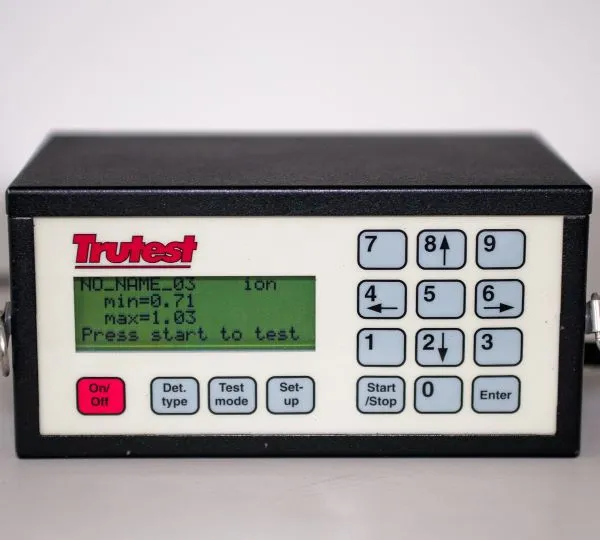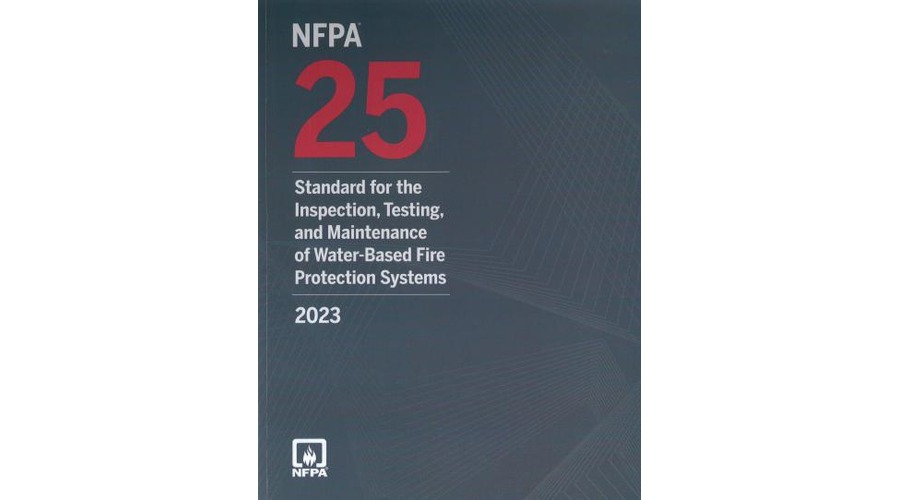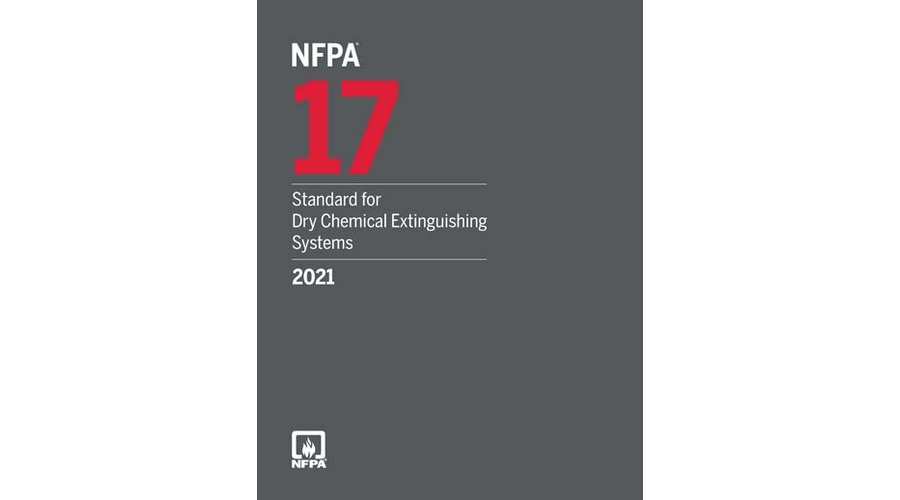Introduction
Smoke sensitivity testing is a crucial process in ensuring the effectiveness of smoke detection systems. Smoke detectors are a vital part of virtually any fire protection system. Properly working smoke detectors help alert employees and occupants to a fire and can allow for more time for a safe evacuation. Improperly working smoke detectors can potentially sound off at inappropriate times or, even worse, not signal when an emergency is actually happening. Of course, the worst time to discover your fire protection equipment isn’t functioning properly is during an emergency.
Aside from functional testing and inspection, sensitivity testing is required to ensure smoke detectors respond appropriately in the even of a fire. This procedure should be conducted by qualified personnel using a specialized device and at specified intervals.
What Is Smoke Sensitivity Testing?
Smoke sensitivity testing is a procedure that introduces smoke to the head of the smoke detector and measures its sensitivity. Essentially, this test evaluates a smoke detector’s threshold of sensitivity, ensuring it operates within specified parameters.
Again, it should be noted that this procedure is required to be conducted in addition to standard inspection and functional testing.
Why Is Smoke Sensitivity Testing Important?
It is important for several reasons, but first and foremost, it helps ensure life safety.
Helps Keep People Safe: Smoke detectors have the capacity to save lives. The earlier employees or building occupants can be notified of a fire, the better their chances of a successful evacuation.
Keeps Your Building In Code Compliance: While NFPA standards are not enforceable by law, these guidelines are widely recognized and adopted into the fire and building codes nationwide.
Avoids False Alarms: There is such a thing as a smoke detector being too sensitive. In this case, alarms will sound at inappropriate times. Keeping detectors in the specified sensitivity range ensures alarms only sound when adequate smoke is introduced to the detection chamber or sensor.
Staying in compliance with fire codes and NFPA standards not only keeps people safe but also has the potential to save money. Many insurance companies require adherence to NFPA regulations and may even offer discounts. Not to mention, adhering to building and fire codes will ensure you’re not subject to any related fines.
Testing Methods and Procedures
Smoke sensitivity testing uses several methods to ensure detectors work correctly. One common method is the airborne smoke test, where smoke is introduced into the environment to see how the detector responds. Another method is chamber testing, which involves generating smoke in a controlled test chamber to check detector sensitivity. Test smoke generators create specific types and densities of smoke for testing detectors under various conditions. Field tests are conducted on-site to simulate real-world conditions and validate detector performance in its actual environment.
To conduct a smoke sensitivity test, start by preparing your equipment. Ensure it is properly calibrated and operational, and review the smoke detection system’s specifications. Generate smoke using a smoke generator or aerosol, making sure it matches test parameters. Introduce the smoke gradually and monitor how quickly and effectively the detector responds. After the test, analyze the data to check for compliance with performance standards. Document all test conditions, results, and any corrective actions needed.


How Often Should You Conduct Smoke Sensitivity Testing?
According to NFPA 72: National Fire Alarm and Signaling Code, sensitivity testing should be conducted within one year of installation and, upon successful testing, at least once every other year after that. NFPA 72 then states that, after a second calibration test, if the device falls within the standard range of sensitivity as specified by the manufacturer, then smoke sensitivity testing can be conducted every five years.
It should be noted that this protocol should be conducted in conjunction with regular inspections and functional testing. Per NFPA 72, inspections are required every six months, and functional testing is required annually. Inspection simply means visually checking the smoke detector for any damage and ensuring proper working conditions. Functional inspections, on the other hand, require the introduction of smoke to ensure the detector is properly operating.
How Do You Test For Smoke Sensitivity?
Smoke sensitivity testing is conducted by introducing smoke into the sensing chamber or element of a smoke detector. Fire safety technicians use a specialized tool to do this. The tool will even determine how sensitive the smoke detector is, measuring in percentage per foot.
If smoke detectors fail their testing, their sensitivity can be corrected by cleaning and/or recalibrating. However, faulty equipment may need to be replaced with updated, properly working tech.
What’s The Difference Between Smoke Sensitivity Testing And Carbon Monoxide Detector Testing?
Rather than introducing smoke into the sensing chamber or element, carbon monoxide detection system testing introduces CO2. This, of course, is a very important test as carbon monoxide is a colorless and odorless gas that is toxic to humans. Without properly working detectors, it can be difficult to discern when there is an excess of CO2 in the air.
Like smoke sensitivity testing, qualified personnel use specialized equipment to introduce CO2 to the head of the carbon monoxide detector. Detectors that fail can also be corrected by cleaning and/or recalibrating. Again, faulty equipment may need to be replaced.
Protocols for Different Environments
Commercial Buildings
In commercial buildings, smoke sensitivity testing must address complex layouts. These buildings often require more detectors and additional testing procedures to ensure full coverage. Compliance with both local and national standards is essential.
Residential Buildings
For residential buildings, testing protocols are tailored to smaller, simpler layouts. The focus is on ensuring detectors are responsive and effective in a residential setting. Testing approaches are less complex but must still adhere to local regulations and standards.
Industrial Facilities
Industrial facilities present unique challenges for smoke sensitivity testing due to high levels of dust, fumes, or chemicals. Testing protocols must account for these factors to ensure detectors remain effective in these demanding environments.
Smoke Sensitivity Testing FAQS
Smoke sensitivity testing is essential for ensuring that smoke detectors perform effectively. Following established protocols, including NFPA standards and local regulations, helps maintain high safety standards. Regular testing, proper calibration, and adherence to best practices ensure reliable fire detection and protection.





